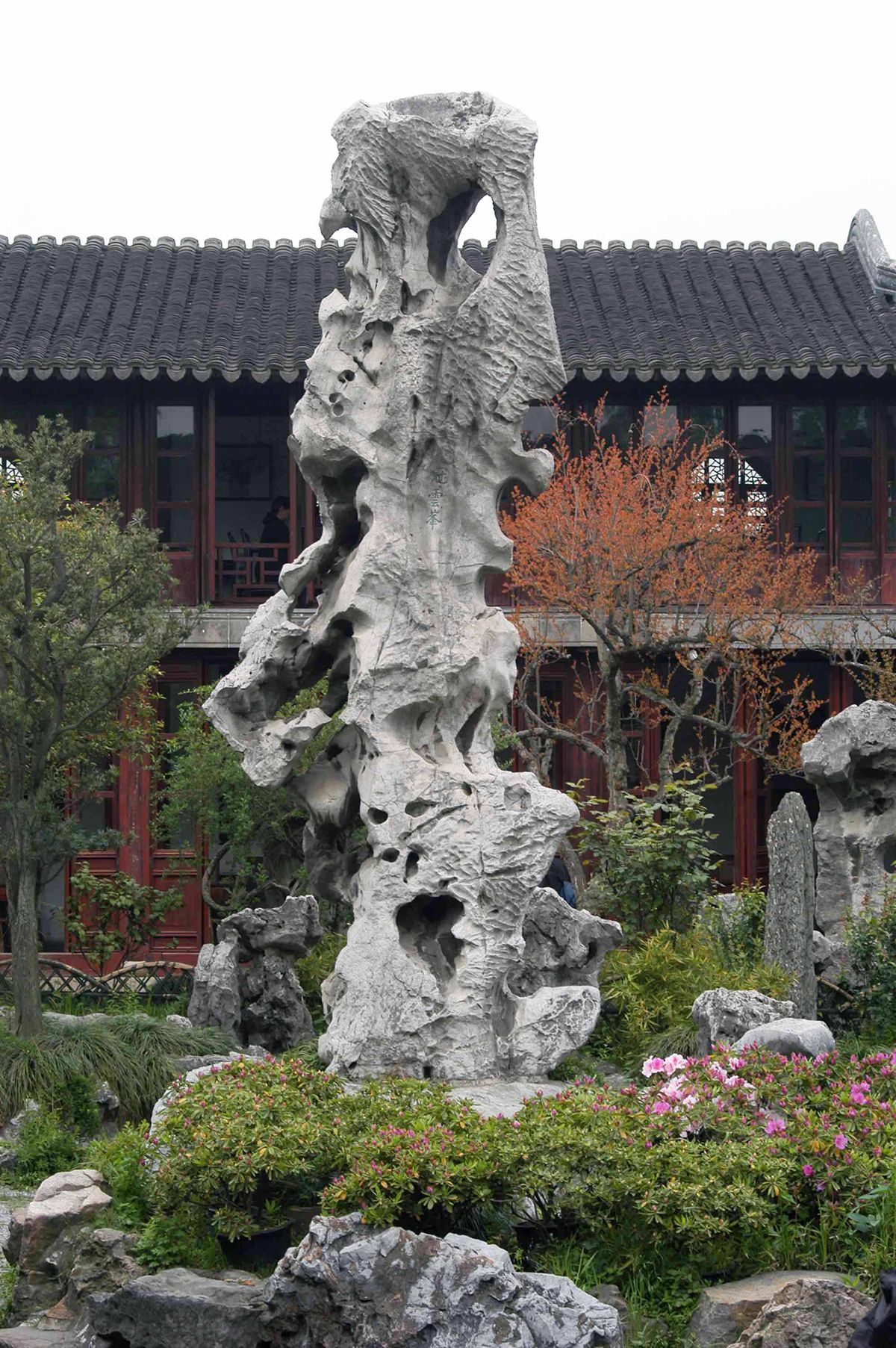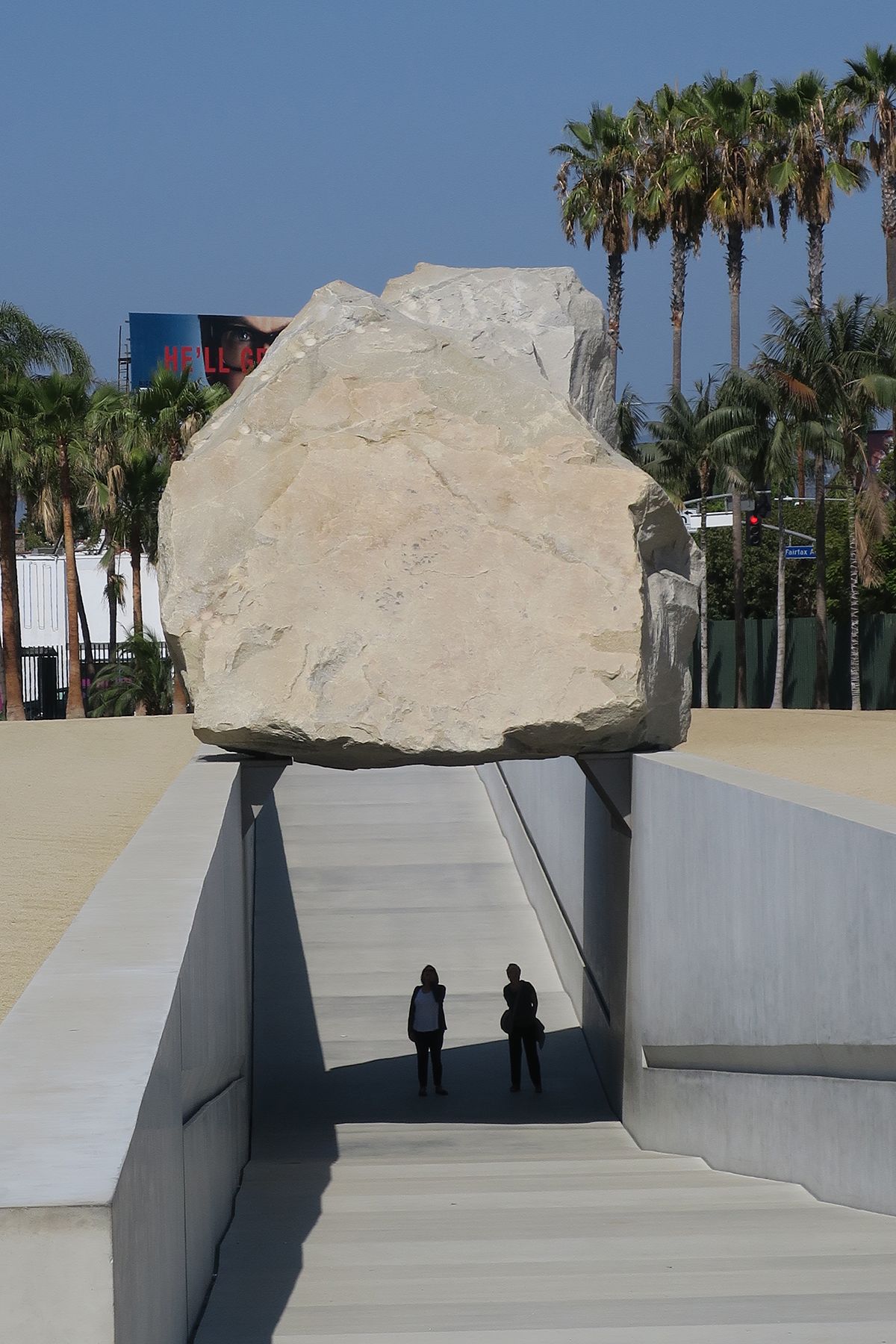We Move Stones So that They Can Move Us
A discourse on why certain rocks evoke emotions
By Richard Turner
In premodern China, stones were on the move, torn from mountainsides and dredged from lake bottoms, they made their way across the empire and into studios, homes, and gardens of scholars, merchants, and emperors. Emperor Huizong of the Song dynasty (960 – 1279) was the first to put the full weight of the imperial apparatus behind such a project.
Huizong was a committed rock and garden enthusiast. The project that consumed much of his attention in the final years of his rule was the construction of a massive pleasure garden within the confines of the northern capital of Kaifeng. The park was a microcosm of the natural world as well as a reminder of the vast scope of the emperor’s power. And then there were lots of rocks. In the simulated and miniaturized world of Chinese gardens, rocks are critical to the manipulation of scale that allows a limited space to stand in for the infinitude of nature. A well-placed rock or conglomeration of rocks can stand for a mountain, thereby anchoring the artifice that one has been transported to another world. Such a garden called for rocks, large and small, in enormous quantities. Some to be appreciated on their own and others to be formed into large rockeries that would play the role of towering mountain ranges within the simulacrum of the natural world in the park.

Cloud-Capped Peak in the Lingering Garden in Suzhou, China
Huizong’s appetite for rocks gave rise to a whole system of procurement that located and shipped desirable specimens across the empire via land, the Grand Canal, and sea routes.
The massive Divine Conveyance rock was the greatest of prizes. It was a rock collector’s dream but also a logistical nightmare. In 1123 a special boat was created to move the rock up the Grand Canal to the capital city. According to an official history of the Song dynasty, 1000 laborers were involved in the rock’s transport during its three-month journey north. Along the way, gates, bridges, and even city walls were demolished to make way for the massive stone, creating a slow-moving spectacle that captivated the empire.

In 2012 artist Michael Heizer installed Levitated Mass at the Los Angeles County Museum of Art. The centerpiece of the artwork is a 340-ton boulder quarried in Riverside County, 105 miles from the museum. Due to its massive size, the boulder required a complex and thoroughly reviewed transportation route from the quarry to the museum. The flatbed truck carrying the boulder traveled on a specially designated route—covering four counties and twenty-two cities—with movement happening only at night. Although nowhere near the scale of Emperor Huizong’s Divine Conveyance project, Heizer’s undertaking was cut from the same cloth.
Many people might justifiably ask “What’s all the fuss about?” We collectors know the answer. We move stones because they move us. We understand the emperor and the artist’s obsession because we have experienced it ourselves. Stones move us in many ways. We, obviously, treasure stones for their inherent beauty, but our interaction with stones is much more multi-faceted. When, for example, we choose one rock instead of another and remove it from its place in the stream bed or desert floor, we are making an aesthetic decision, acting creatively. And this is entirely as it should be. A rock is a window into the mysterious and secret forces that shape the universe. It is not just a rock. It is creation itself, coalesced into solid form.
Having made such a choice, we have begun the transformation of the rock. It becomes a stone. Nature makes rocks; people make stones. A stone in other words is a rock that has been acculturated, in some way marked by civilization. The recontextualization from the natural world to the built environment allows us, in turn, to recontextualize ourselves. Through contemplation of stones and their natural qualities, we can transport ourselves from our prosaic often urban lives to mountain peaks and desert arroyos where we begin to sense the power of the wind and water that sculpted the stone we hold in our hand.
If our rock-become-stone happens to resemble an element in the landscape – a distant mountain, a bluff overlooking the ocean, or a plunging waterfall – our perspective, as we look down on the stone displayed in a
suiban, is god-like. We become the ultimate creator by taking a rock and, with the power of our imagination, changing it into an entire mountain range. This miniaturizing gesture then opens the door to the awareness that the macrocosm and the microcosm are one and that our stones enable us to travel freely from one end of the spectrum to the other.
But even as we collect and categorize, we cannot help but be humbled by the immensity of time held within even the smallest pebble, the most ordinary rock. Our stones are both a portal to the beauty and complexity of the natural world and a solemn reminder of the insignificance of our place in that world. The pleasure we experience transforming rocks into stones, the power we exhibit “seeing” landscapes, figures, and patterns in rocks is balanced by the realization of the brevity of our life span. It is, indeed, ironic that we have been employing stones for a long time and for many reasons as monuments and memorials, sites of worship, and tombs to prove that we were here and that we were undaunted by the briefness of our lives. If we have a stone with a pedigree, one that has been collected decades or even centuries before, it is an invitation to join the lineage of stone lovers who have spent time admiring the stone just as we are today. Similarly, if we have an exceptional stone that we have ourselves found, we can dream of passing it on to future connoisseurs. Stones gently remind us of our mortality, but they also comfort and inspire us with tangible evidence of the sublime beauty of our world.
Yes, we understand what the fuss is about.
Note: Some of the text for this essay is taken from the 2016 catalog for the exhibition Museum of Stones at the Isamu Noguchi Foundation and Garden Museum in Long Island City, New York.

